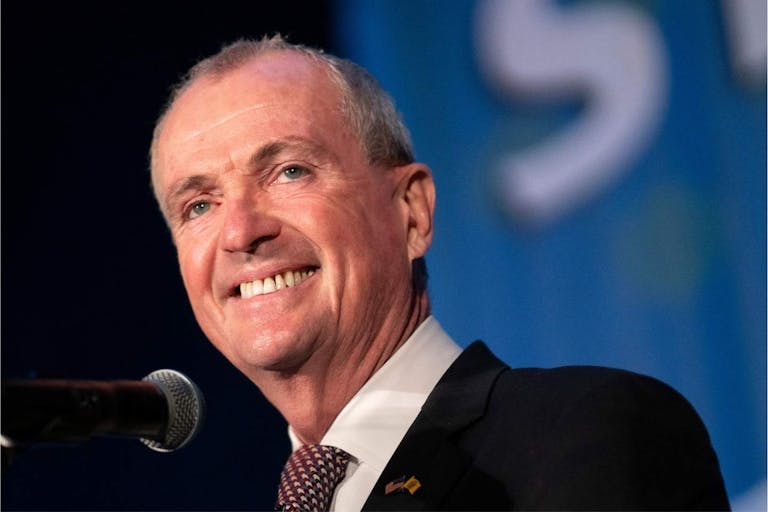
New Jersey governor promoted abortion on Christmas Eve
Cassy Cooke
·
Human Interest·By Nancy Flanders
‘World’s oldest baby’ was frozen for 30 years until he was adopted
A baby boy born to his adoptive parents over 30 years after being cryopreserved during his embryonic stage has been dubbed the “world’s oldest baby.”
Lindsey and Tim Pierce had been dealing with infertility for seven years when they decided to adopt embryos.
They adopted three embryos created in 1994 by Linda Archerd and her then-husband, which were frozen for more than 30 years.
Baby Thaddeus was born in July; the other two embryos, his siblings, did not survive.
There are an estimated one million embryos frozen in the United States, considered “surplus.”
Lindsey Pierce, 35, and her husband Tim, 34, welcomed baby boy Thaddeus Daniel Pierce on July 26 after seven years of infertility. Thaddeus had been created through IVF by his biological parents, Linda Archerd, now 62, and her former husband, back in 1994. Thaddeus is believed to be the longest surviving frozen embryo to survive to live birth.
Lindsey told MIT Technology Review that both her family and fellow members of her Church think “it’s like something from a sci-fi movie.”
“The baby has a 30-year-old sister,” she said. “It’s been pretty surreal. It’s hard to even believe.”
The previous record-holders were twins who were frozen in 1992 and born in 2022 after being adopted as embryos.
“We didn’t go into it thinking we would break any records,” says Lindsey. “We just wanted to have a baby.”
Oddly, much of the media seems confused about how to report on this event, claiming that Thaddeus was created or born “from an embryo that was frozen.” This is inaccurate; Thaddeus was the embryo that was frozen, and he was implanted into Lindsey’s womb and allowed to continue his normal course of human prenatal development beyond that embryonic stage to birth.
Thaddeus has always been Thaddeus, the same human being, from the moment he was conceived.
Archerd and her husband had been dealing with infertility in the 1990s when they decided to try IVF, which was a relatively new artificial reproductive technology at the time. In May 1994, they created four embryos, but only transferred one to Archerd’s womb — a baby girl who is now 30 years old.
Though Archerd said she planned on carrying and birthing her three remaining children, her husband did not want to. Those remaining three embryos were kept frozen, and when the couple divorced, she won custody of them. She was hopeful she might be able to implant them in the future, even though keeping them frozen would cost her thousands of dollars a year.
“I always thought it was the right thing to do,” she said.
But when she reached menopause and her children were still frozen, she decided to place them for adoption, but didn’t want to be anonymous. She wanted to meet the adoptive parents and the babies.
“It’s my DNA; it came from me … and [it’s] my daughter’s sibling,” she said.
While some agencies turned her down because the embryos had been frozen for so long, Nightlight Christian Adoptions’ Snowflakes embryo adoption program accepted her embryos. They were placed in the Open Hearts program for ‘hard-to-place’ embryos. Lindsey and Tim also signed up for the Open Hearts program after researching adoption and discovering information about the Snowflakes program. They said they were open to any embryos.
The couple worked with Rejoice Fertility, an IVF clinic with a different focus run by John Gordon, a reproductive endocrinologist who was morally concerned with the number of embryos who had been left behind in storage tanks. He believes “every embryo deserves a chance at life and that the only embryo that cannot result in a healthy baby is the embryo not given the opportunity to be transferred to a patient.”
The Pierces adopted all three of Archerd’s embryos, but one stopped growing after being defrosted. The other two were transferred to Lindsey’s uterus on November 14, 2024, and one — Thaddeus —survived.
Archerd hasn’t met him yet, but based on photos of him, she believes he strongly resembles his biological sister.
Couples undergoing IVF can create upwards of 20 embryos — but most couples don’t want 20 children. So what happens to the remaining embryos?
There are an estimated one million embryos frozen in the United States, each of them once very much wanted by the adults who created them. They have been labeled by a grading system, reducing them to items on a factory line rather than the human beings that they are. When the intended parents have the number of children they want, the remaining embryos are labeled “leftover.” Those embryos are then either destroyed, donated to research, kept frozen indefinitely, or placed for adoption.
No human being should ever be considered “surplus.” Each deserves the chance that Thaddeus was given.
Follow Live Action News on Facebook and Instagram for more pro-life news.
Live Action News is pro-life news and commentary from a pro-life perspective.
Contact editor@liveaction.org for questions, corrections, or if you are seeking permission to reprint any Live Action News content.
Guest Articles: To submit a guest article to Live Action News, email editor@liveaction.org with an attached Word document of 800-1000 words. Please also attach any photos relevant to your submission if applicable. If your submission is accepted for publication, you will be notified within three weeks. Guest articles are not compensated (see our Open License Agreement). Thank you for your interest in Live Action News!

Cassy Cooke
·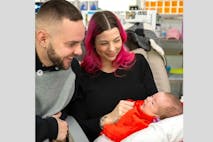
Human Interest
Bridget Sielicki
·
Human Interest
Nancy Flanders
·
Human Interest
Isabella Childs
·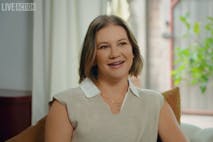
Human Interest
Bridget Sielicki
·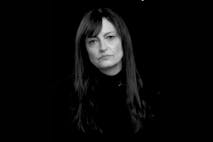
Human Interest
Nancy Flanders
·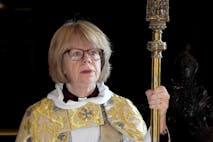
Politics
Nancy Flanders
·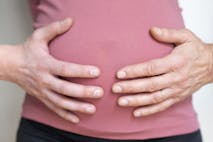
Politics
Nancy Flanders
·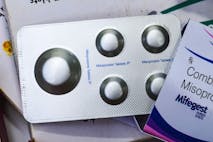
Abortion Pill
Nancy Flanders
·
Politics
Nancy Flanders
·
Human Interest
Nancy Flanders
·